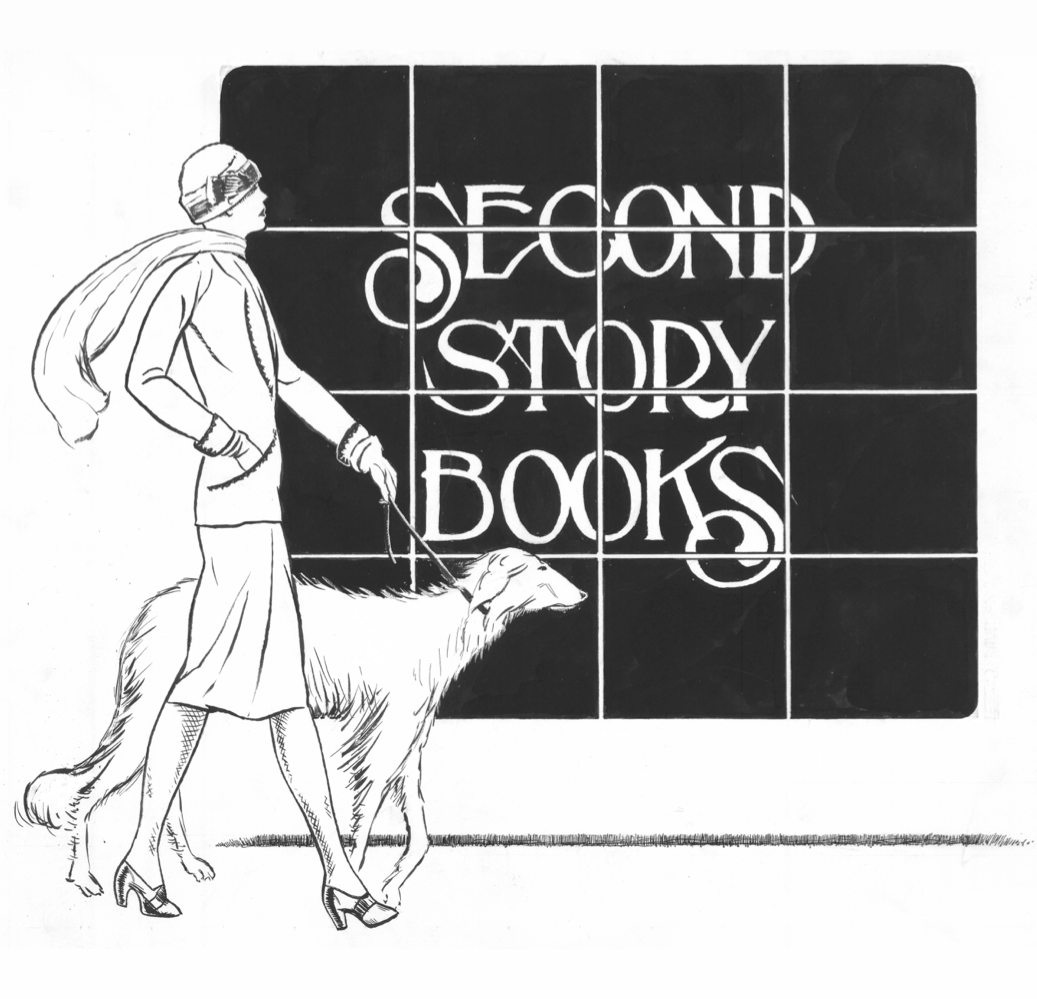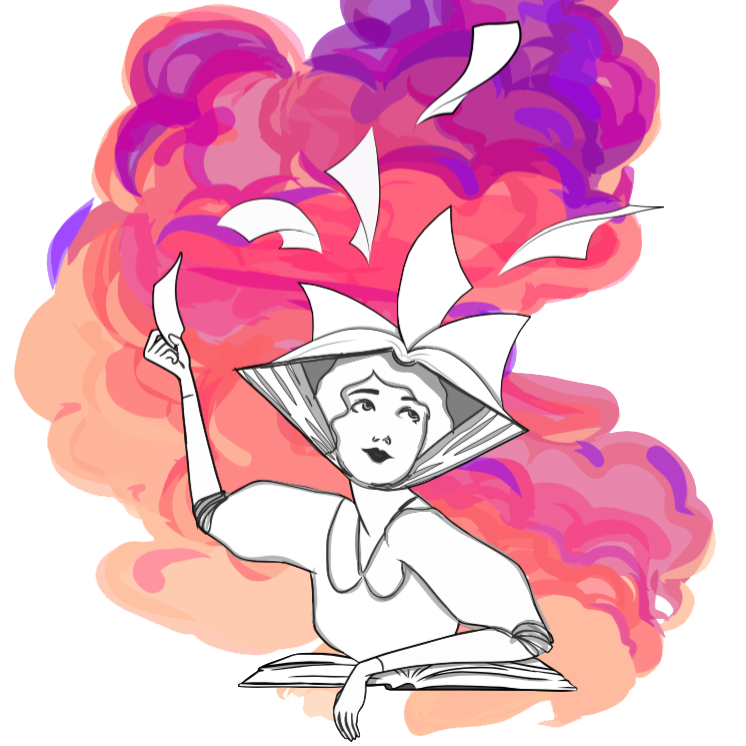CHRISTOPHORI CLAUII BAMBERGENSIS E SOCIETATE IESU EPITOME ARITHMETICAE PRACTICÆ
Romae: Ex Typographia Dominici Basæ, 1585. Octavo, 323 pages, [13]. In Very Good condition. Bound in full contemporary vellum, with ink titling to spine. Boards show mild shelf wear and rubbing to vellum. Text block has a small red ink name stamp to front free end page, a small bookseller ticket to front pastedown, and small scattered early marginalia. Title vignette (Jesuit device). Errata on page 323. Pages 202, 203, 206, and 207 mis-numbered 102, 103, 106, and 107, respectively, with pages 206 and 207 hand-corrected. Extremely scarce. SP Consignment. Shelved in Case 3.
1343886
Shelved Dupont Bookstore
Price: $15,000 save 40% $9,000
NOTES
The foremost early figure in Jesuit science, Christopher Clavius (1538-1612) was one of the chief architects and defenders of the 1582 calendar reform under Pope Gregory XIII, leading to the modern Gregorian Calendar. Pope Sixtus V said: "Had the Jesuit order produced nothing more than this Clavius, on this account alone the order should be praised". His Euclid Elementorum (Rome, 1589) was brought by Matteo Ricci to China and translated into Chinese. In his Astrolabium (Rome, 1593) he uses a dot to separate whole numbers from decimal fractions and is arguably the first to do so. His Gnomonices (Rome, 1602) contains every then-known principle concerning the measurement of time. Galileo was a frequent visitor to the Jesuit Roman College, and he and Clavius corresponded frequently.










